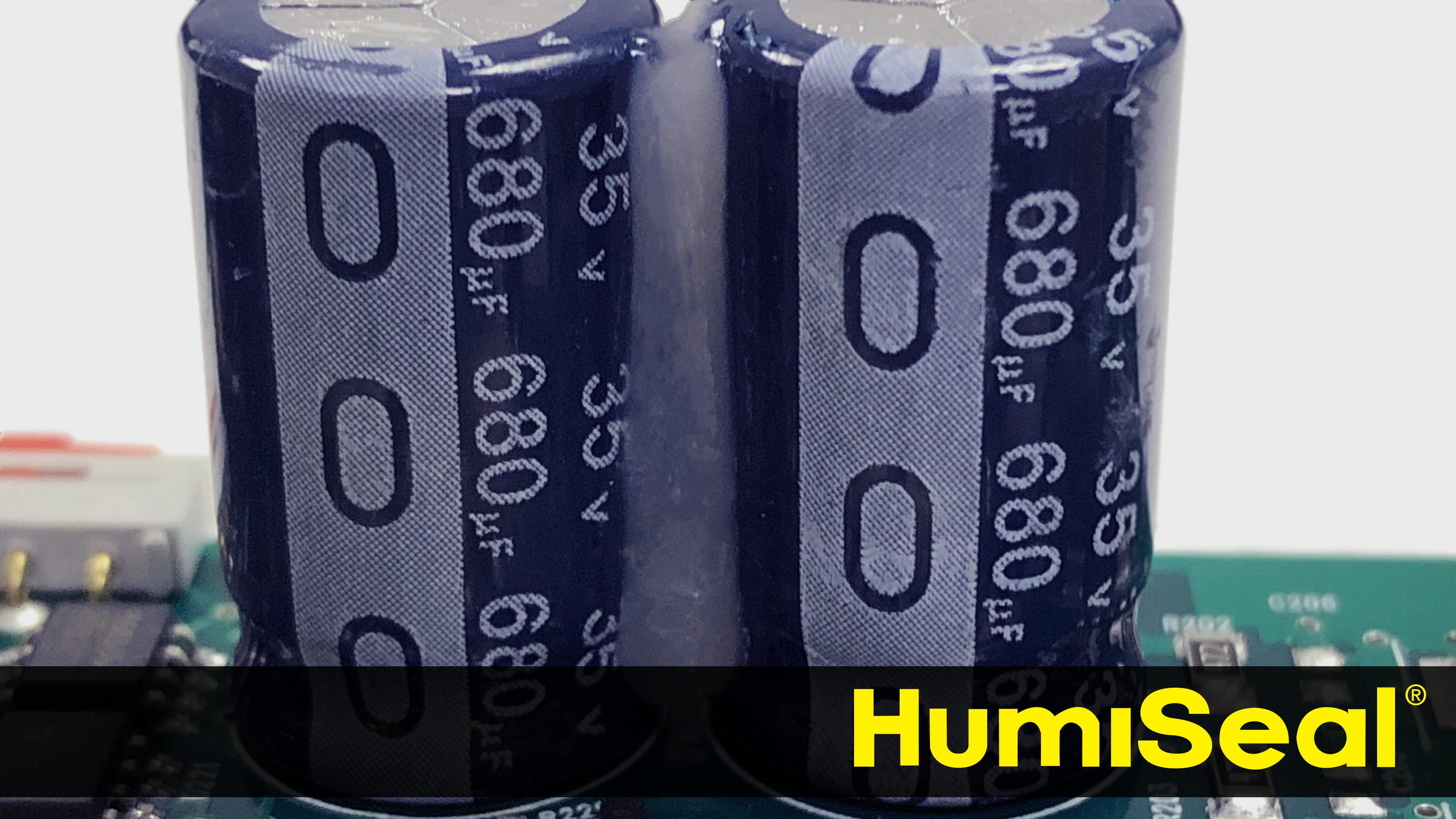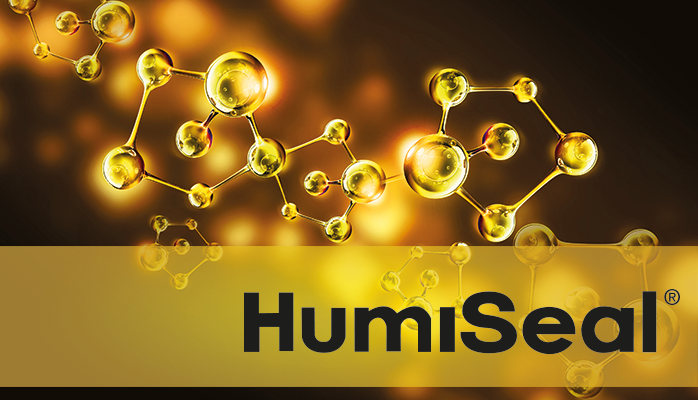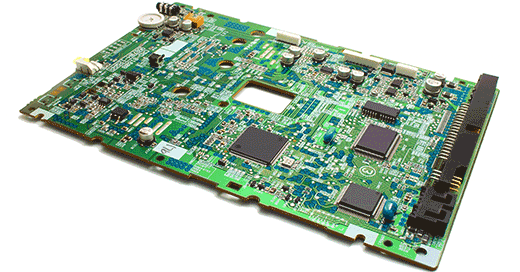It's no secret that conformal coatings increase the lifetime of electronic devices by providing a thin barrier that strengthens their ability to withstand harsh environmental conditions. That said, a lesser-known truth is adhesives and encapsulants provide a significantly higher level of protection on the entire assembly.
Why is that? Well, adhesives and encapsulants promote assembly protection by:
- creating environmental seals that protect against moisture and corrosion
- providing high-temperature resistance
- increasing shock and vibration-dampening
- generating strong bonds to a variety of substrates
- maintaining low shrinkage
- offering thermal conductivity
Bury it in










